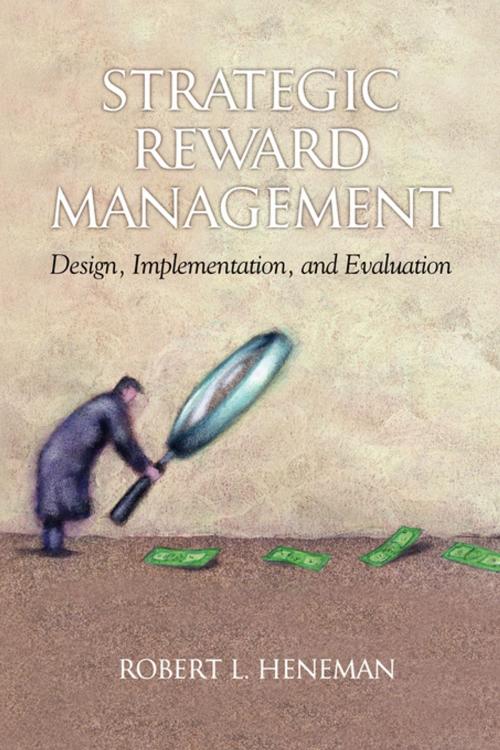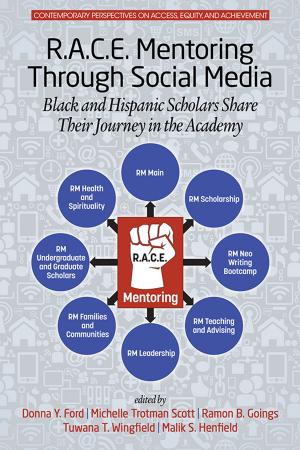Strategic Reward Management
Design, Implementations, and Evaluation
Business & Finance, Human Resources & Personnel Management| Author: | ISBN: | 9781607525523 | |
| Publisher: | Information Age Publishing | Publication: | June 1, 2002 |
| Imprint: | Information Age Publishing | Language: | English |
| Author: | |
| ISBN: | 9781607525523 |
| Publisher: | Information Age Publishing |
| Publication: | June 1, 2002 |
| Imprint: | Information Age Publishing |
| Language: | English |
The contents of this book center around the management of strategic reward systems. In particular, the book focuses in on the following elements of managing a reward system: design, implementation, and evaluation. It is my belief that too much time is spent on the administration of strategic reward systems at the expense of these other activities that add more value than does administration to the organization. Moreover, it is very important to remember that the management of reward systems takes place in a larger context that must be accommodated when designing, implementing, and evaluating strategic reward systems. This larger context includes the business environment, business strategy, and compensation strategy. Elements of the environment include the internal environment (organizational structure, business processes, HR systems) and external environment (laws and regulations, labor markets, and unions). The collection of articles presented throughout the book is very concerned with the fit of strategic reward management with the business environment, business strategy, and compensation strategy. Research has clearly documented the importance of this "fit" to organizational effectiveness (GomezMejia & Balkin, 1992). A practical illustration makes the point as well. Taco Bell was found guilty in a class action suit by current and former employees. In order to keep the number of labor hours low in a productivity formula used to grant bonuses to managers, employee time sheets failed to account for overtime hours by employees. Failure to pay attention to the legal context in designing, implementing, and evaluating a strategic reward program cost Taco Bell millions of dollars (Gatewood, 2001). Although all of the readings in the book focus in on the management of strategic rewards in the larger business context, the readings are organized by topical area. The selection of topics is simply based on my writing interests and do not reflect the entire domain of important topics in strategic reward management.
The contents of this book center around the management of strategic reward systems. In particular, the book focuses in on the following elements of managing a reward system: design, implementation, and evaluation. It is my belief that too much time is spent on the administration of strategic reward systems at the expense of these other activities that add more value than does administration to the organization. Moreover, it is very important to remember that the management of reward systems takes place in a larger context that must be accommodated when designing, implementing, and evaluating strategic reward systems. This larger context includes the business environment, business strategy, and compensation strategy. Elements of the environment include the internal environment (organizational structure, business processes, HR systems) and external environment (laws and regulations, labor markets, and unions). The collection of articles presented throughout the book is very concerned with the fit of strategic reward management with the business environment, business strategy, and compensation strategy. Research has clearly documented the importance of this "fit" to organizational effectiveness (GomezMejia & Balkin, 1992). A practical illustration makes the point as well. Taco Bell was found guilty in a class action suit by current and former employees. In order to keep the number of labor hours low in a productivity formula used to grant bonuses to managers, employee time sheets failed to account for overtime hours by employees. Failure to pay attention to the legal context in designing, implementing, and evaluating a strategic reward program cost Taco Bell millions of dollars (Gatewood, 2001). Although all of the readings in the book focus in on the management of strategic rewards in the larger business context, the readings are organized by topical area. The selection of topics is simply based on my writing interests and do not reflect the entire domain of important topics in strategic reward management.















